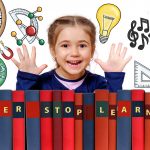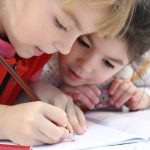
Components Of Effective Reading
For reading to be effective, it is important for it to be a motivating experience. So, in order to ensure effective reading among students, it is important for teachers to use instructional materials with decodable texts and rich literature. They should use reading assessment tools, practice timely intervention with struggling readers and create an enthusiasm and appreciation for books among students at an early age. Let us take a look at each of the components of effective reading in detail:…
Read more









